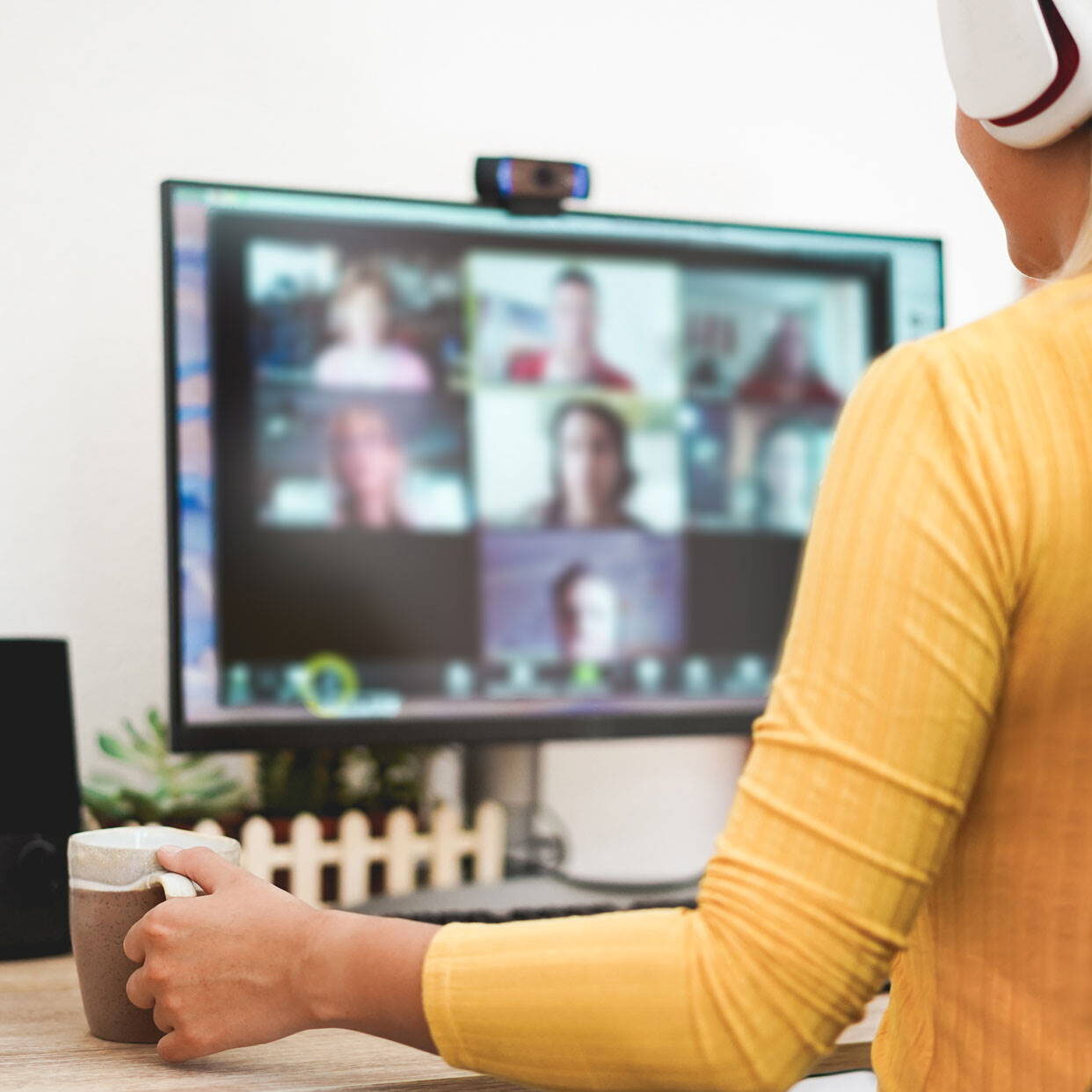This post was originally published by Jenny Boling on lessonly.com
In the past, pretty much all job and development training happened in person. Full departments would go through training as a team, and sometimes, the trainer would develop a strong sense of each employee’s learning style to deliver engaging and effective training.
But now, these types of training and relationships are built in online learning platforms for business. If you look out your window today, you’ll see fewer cars at rush hour because more and more employees are working remotely. This shift to virtual training platforms for businesses shouldn’t be feared, but embraced with happy and open arms as a chance for company-wide innovation and providing more opportunities for folks around the world.
What exactly is remote employee training?
Remote learning occurs when the learner and instructor, or source of information, are separated by time and distance and can’t meet in a traditional classroom setting. The workplace is evolving and companies are adapting their approaches to hiring and training employees who aren’t always (or ever) in the office.
Virtual training platforms can be as straightforward as pre-recorded podcast episodes or as involved as live internet training. Training management software and strategies vary, but the outcome is the same. When you support remote workers as well as you support on-site employees, everybody wins.
5 ways to train a remote employees
Virtual training software remains critical to staff and company growth, even when teams are dispersed. So without further ado, let us introduce you to some best practices for training remote employees.
1. Keep training in one place
How do you deliver the same training to all employees when they’re not in the same room or even the same state? If you’re especially worried about onboarding remote employees because you know that onboarding is the magic moment when new employees decide to engage or disengage, it has to be of consistently high quality. This is where a learning management system comes into play. A system designed to keep training centrally located and consistent but at the same time accessible all over the world.
2. Find the right remote training tool for your team
Remote training software tools are everywhere. Just a few years ago, LMSs were most often utilized in educational environments, but today there are more modern options out there that deliver coursework or e-Learning as remote training tools. So, when searching for the remote training software that fits all of your needs, consider things like: Do you want your training to be organized by month or by module? Will all training sessions require a team video conference? Don’t neglect to really hone in on what makes your company tick.
3. Embrace virtual training software
Instead of meeting in the conference room, you’ll be meeting virtually with support from your remote training software. This allows for remote training strategies to continue without so much as a pause for buffering. The only thing left to do is make sure your remote employees have the best technology for video conferencing.
4. Make it multi-device friendly
As we’ve sung to the choir before, the ability to learn anytime, anywhere is very important to remote worker engagement and performance. The fact is that mobile devices break down barriers to learning and give employees more freedom as learners. So make sure your software makes it easy to deliver and access training across multiple devices.
5. Thread your company culture through it
Even though all or a significant part of your workforce may be offsite, you still need to deliberately create and continuously reinforce a strong company culture that upholds your values. Training and development initiatives are a key part of this effort, so make sure you build a live virtual classroom model for your remote workforce on a framework of your values. This will keep your culture front and center for all employees.
Advantages of remote working and training
Remote work has tangible, proven benefits for employers as well as for employees. Companies that allow remote work enjoy the benefits of easier recruitment, improved retention, and higher productivity of their employees – while saving you some moolah! These advantages include:
- Flexibility
- Learning is self-paced
- Increased knowledge recall and retention
- On-demand availability
- Testing is easy
Ready to deliver training to your remote staff? Look no further.
Remote work is here to stay. Training remote employees takes a deliberate approach to ensure that the work is completed on schedule and that knowledge retention is truly happening, and our training software covers all those bases. Get a demo to learn more.
